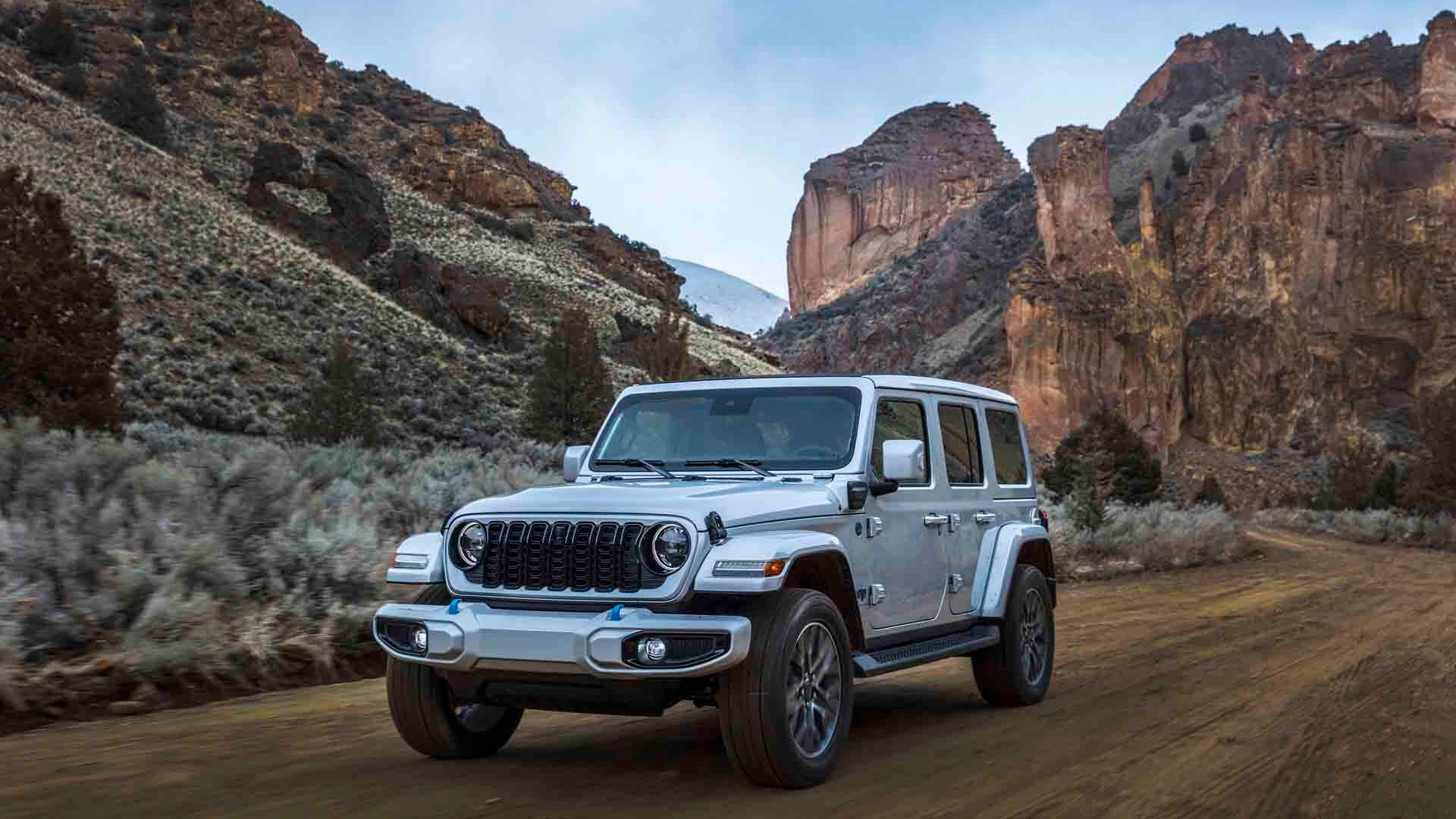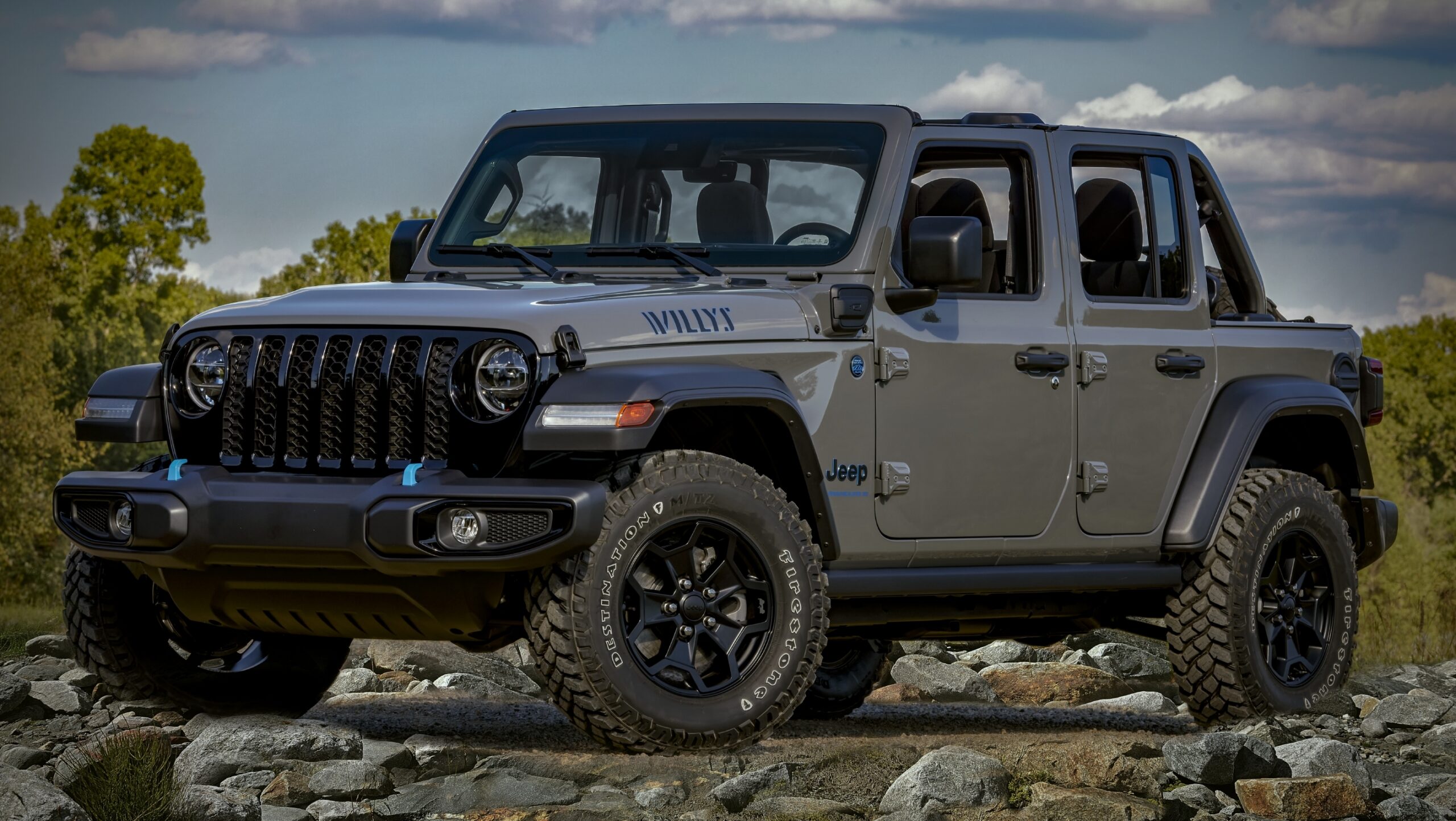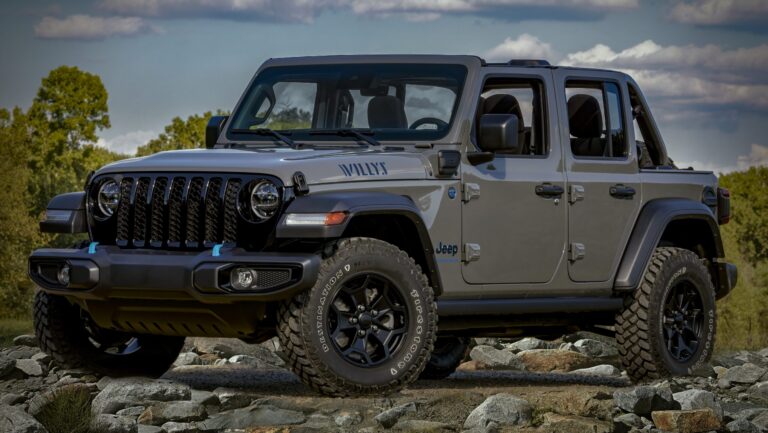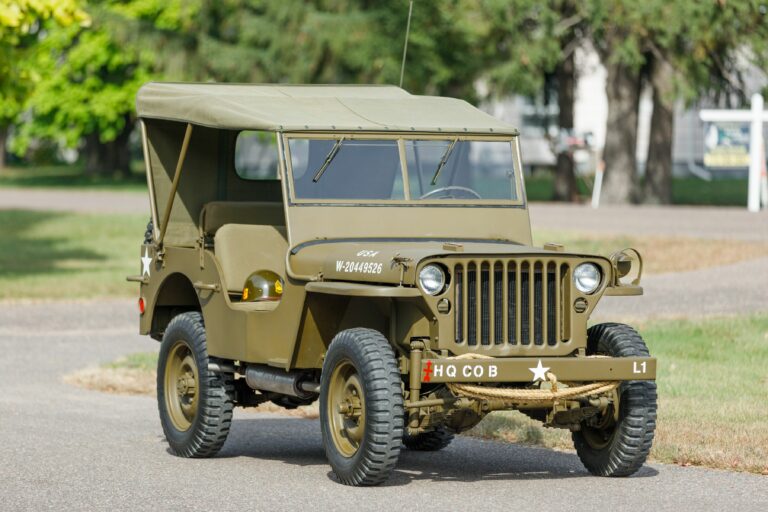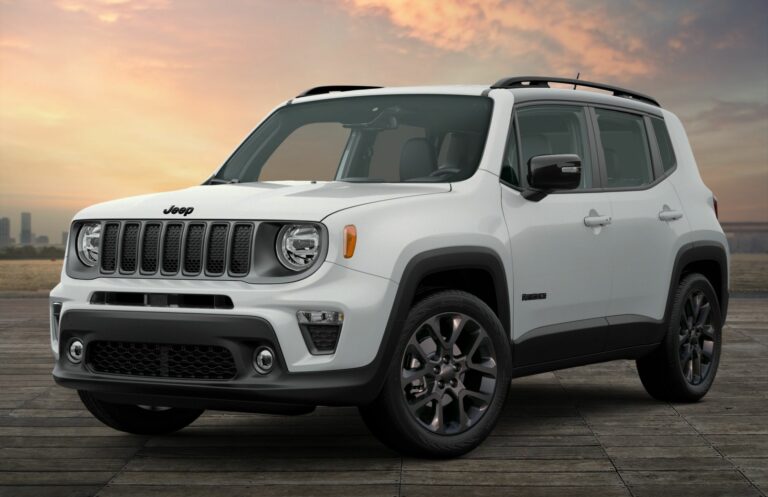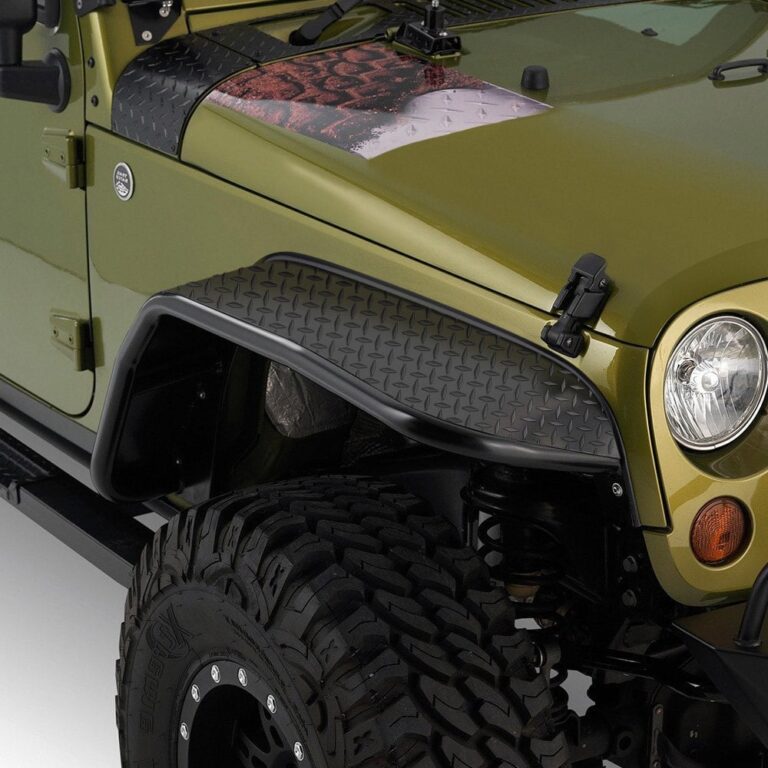Jeep SRT8 1500 HP: Unveiling the Apex Predator SUV
Jeep SRT8 1500 HP: Unveiling the Apex Predator SUV jeeps.truckstrend.com
In the realm of high-performance vehicles, the Jeep Grand Cherokee SRT8 already stands as a formidable machine, blending SUV practicality with muscle car prowess. But for a select few, "formidable" isn’t enough. They chase the horizon of extreme performance, pushing the boundaries of what’s possible. This pursuit leads to the creation of a mythical beast: the Jeep SRT8 1500 HP.
This isn’t a factory option or a simple bolt-on upgrade; a 1500 HP Jeep SRT8 is a testament to engineering mastery, relentless dedication, and significant investment. It represents the pinnacle of aftermarket customization, transforming an already potent SUV into a hyper-SUV capable of challenging supercars and dominating drag strips. This article delves deep into what it takes to forge such an automotive leviathan, exploring the modifications, challenges, and the sheer audacity behind these incredible builds.
Jeep SRT8 1500 HP: Unveiling the Apex Predator SUV
The Foundation: Understanding the Grand Cherokee SRT8
Before embarking on a 1500 HP journey, it’s crucial to appreciate the robust platform that serves as its starting point. The Jeep Grand Cherokee SRT8 (primarily WK1 and WK2 generations) comes equipped from the factory with a large displacement Hemi V8 engine (6.1L or 6.4L), a robust all-wheel-drive system, and a surprisingly capable chassis. Its inherent strength, coupled with its spacious interior and SUV versatility, makes it an unlikely yet ideal candidate for extreme performance builds.
The stock SRT8 offers impressive performance figures for an SUV, but its components are engineered for production reliability at their designed power output. To achieve a staggering 1500 horsepower, nearly every major system needs to be either upgraded or completely replaced.
The Quest for 1500 Horsepower: A Deep Dive into Modifications
Reaching the astronomical figure of 1500 horsepower in a Jeep SRT8 is an intricate, multi-faceted process demanding precision engineering and top-tier components. It’s a symphony of power, strength, and meticulous tuning.
1. Engine Reinforcement: The Heart of the Beast
The stock Hemi engine, while powerful, cannot withstand the immense pressures generated by 1500 HP. This necessitates a complete rebuild with forged components:
- Forged Pistons and Connecting Rods: These are critical for handling the extreme cylinder pressures. They are significantly stronger and lighter than their cast counterparts.
- Forged Crankshaft: A high-strength crankshaft is essential to endure the rotational forces and massive torque.
- Upgraded Cylinder Heads: Ported and polished heads, often with larger valves and stronger springs, improve airflow and allow the engine to breathe more efficiently at high RPMs.
- Aggressive Camshaft: A custom-ground camshaft profile is crucial to optimize valve lift and duration for the specific forced induction setup, maximizing power output.
- Heavy-Duty Lifters and Pushrods: These components ensure valve train stability under extreme loads.

2. Forced Induction Systems: The Power Adder
This is where the magic happens. To more than triple the stock power output, forced induction is indispensable.
- Twin-Turbocharger System: This is the most common and effective method for achieving 1500 HP. Two large turbochargers, precisely sized for the engine’s displacement and desired power, force massive amounts of air into the engine. This requires custom manifolds, a complex plumbing system, and often relocation of other engine bay components.
- Massive Supercharger (Less Common for 1500 HP): While large superchargers can push power figures high, reaching 1500 HP consistently usually favors twin-turbo setups due to their efficiency at higher boost levels and less parasitic drag on the engine. If a supercharger is used, it would likely be a massive centrifugal unit.
3. Fuel Delivery System: Feeding the Monster
A 1500 HP engine consumes an enormous amount of fuel. The stock fuel system is wholly inadequate.
- Multiple High-Flow Fuel Pumps: Typically 3 or more aftermarket pumps are needed to supply the necessary volume and pressure.
- Large Injectors: High-impedance, high-flow injectors (e.g., 2000cc+) are required to deliver enough fuel into the cylinders.
- Upgraded Fuel Lines and Rails: Larger diameter lines and aftermarket fuel rails ensure consistent fuel delivery without restriction.
- E85 Compatibility: Most 1500 HP builds run on E85 (ethanol), which has a higher octane rating and provides a cooling effect, allowing for more aggressive tuning and higher boost levels.
4. Transmission & Drivetrain Fortification: Putting Power to the Ground
Transferring 1500 HP to the wheels without catastrophic failure requires significant drivetrain upgrades.
- Built Transmission: The stock transmission (typically an 8HP70 or 8HP90 for WK2s) is replaced with a heavily reinforced version featuring upgraded clutches, stronger shafts, and a performance torque converter. Some extreme builds even swap to specialized racing transmissions.
- Upgraded Transfer Case: The AWD transfer case needs internal strengthening to handle the immense torque.
- Heavy-Duty Axles and Driveshafts: Custom, high-strength axles and driveshafts are essential to prevent twisting or breaking under load.
- Stronger Differentials: Front and rear differentials often require upgraded internals or complete replacement with stronger units.
5. Cooling Systems: Keeping Temperatures in Check
Generating 1500 HP creates immense heat. Effective cooling is paramount for reliability.
- Massive Intercooler: A large, highly efficient air-to-air or air-to-water intercooler is vital to cool the compressed air from the turbos before it enters the engine.
- Upgraded Radiator and Fans: A high-capacity radiator and powerful electric fans are needed to manage engine coolant temperatures.
- Transmission and Oil Coolers: Dedicated coolers for transmission fluid and engine oil prevent overheating of these critical fluids.
6. Engine Management & Tuning: The Brains of the Operation
All these hardware upgrades are useless without sophisticated engine management.
- Standalone ECU or Highly Customized Factory ECU: A standalone engine control unit (ECU) offers complete control over fuel, ignition, and boost. Alternatively, the factory ECU can be extensively re-tuned by a specialist using advanced software.
- Expert Tuning: This is arguably the most critical step. A skilled tuner will spend countless hours on a dynamometer, precisely calibrating every parameter to extract maximum safe power while maintaining reliability. This involves mapping for different fuels, boost levels, and driving conditions.
Beyond the Powertrain: Handling, Braking, and Safety
A 1500 HP SUV isn’t just about straight-line speed. It needs to handle, stop, and protect its occupants.
- Suspension Upgrades: Performance coilovers, stiffer springs, upgraded sway bars, and polyurethane bushings improve handling, reduce body roll, and help put power down more effectively.
- Braking Systems: Larger diameter rotors, multi-piston calipers (e.g., 6-piston or 8-piston), and high-performance pads are essential to rein in the immense speed.
- Tires: The connection to the road. For drag racing, sticky drag radial tires are a must. For street use, extreme performance street tires are required, often with specific compounds and wider sizes.
- Safety Considerations: For track use, a roll cage, racing seats, and multi-point harnesses become crucial. Even for street use, the sheer speed warrants upgraded safety features.
The Build Process: Key Considerations and Challenges
Building a 1500 HP Jeep SRT8 is not for the faint of heart or wallet.
- Cost: This is the most significant hurdle. Such a build easily costs well into six figures, often exceeding the price of the donor vehicle itself.
- Reliability vs. Performance: Pushing an engine to 1500 HP inherently reduces its long-term reliability compared to a stock vehicle. Breakages are a possibility, and preventative maintenance is rigorous.
- Finding a Reputable Builder: This is paramount. Only highly experienced shops with a proven track record of building extreme performance vehicles should be trusted with such a project.
- Legality & Emissions: Depending on your region, modifications of this magnitude may render the vehicle non-compliant with emissions regulations or street legality laws. This is often a track-only affair.
- Traction Management: Getting 1500 HP to the ground without spinning tires into smoke is a constant challenge, requiring precise suspension tuning, proper tire selection, and careful throttle application.
- Maintenance: Expect more frequent and specialized maintenance, including regular fluid changes, inspections of high-stress components, and potentially engine refresh intervals.
Living with a 1500 HP SRT8: Practical Advice
Owning and operating a 1500 HP Jeep SRT8 is an experience unlike any other.
- Driving Dynamics: It’s an exhilarating, raw experience. The acceleration is brutal, and the vehicle demands respect. It’s not a daily driver for most.
- Maintenance Schedule: Adhere strictly to the builder’s recommended maintenance schedule. This will likely involve more frequent oil changes, drivetrain fluid checks, and general inspections.
- Insurance: Insuring such a highly modified vehicle can be challenging and expensive. Be transparent with your insurer about the modifications.
- Where to Enjoy It: For safety and legality, a 1500 HP SRT8 is best enjoyed on a closed course, such as a drag strip or a private track. Occasional street use might be possible depending on local laws, but the full potential cannot be safely or legally explored there.
Price Table: Estimated Costs for a 1500 HP Jeep SRT8 Build
Please note: These are highly estimated costs for major components and services. Actual prices will vary significantly based on the builder, specific parts chosen, labor rates, and the condition of the donor vehicle. This does not include the cost of the donor Jeep SRT8 itself.
| Component/Service Category | Estimated Cost Range (USD) | Notes |
|---|---|---|
| Engine Build (Forged Internals) | $15,000 – $35,000+ | Pistons, rods, crank, upgraded heads, valvetrain, camshaft, labor. Varies heavily with component quality and extent of head work. |
| Twin-Turbo System | $25,000 – $50,000+ | Turbos, manifolds, intercooler, wastegates, blow-off valves, custom piping, fabrication, installation. Highly dependent on turbo brand/size and intercooler setup. |
| Fuel System Upgrades | $5,000 – $15,000+ | Multiple pumps, large injectors, fuel lines, fuel rails, regulator, flex-fuel sensor, installation. |
| Transmission Build | $10,000 – $25,000+ | Reinforced clutches, stronger shafts, performance torque converter, labor. Price depends on base transmission and extent of upgrades. |
| Drivetrain (Axles, Driveshaft, Diffs) | $8,000 – $20,000+ | Upgraded axles, custom driveshafts, differential strengthening/replacement. Varies based on specific components and labor. |
| Cooling System Upgrades | $3,000 – $10,000+ | High-capacity radiator, oil coolers, transmission coolers, larger intercooler (if not included in turbo kit), fans. |
| Engine Management & Tuning | $5,000 – $15,000+ | Standalone ECU or extensive factory ECU tuning, dyno time, expert tuner fees. Crucial and highly specialized. |
| Braking System Upgrades | $4,000 – $12,000+ | Larger rotors, multi-piston calipers, performance pads, lines. |
| Suspension Upgrades | $2,000 – $8,000+ | Coilovers, sway bars, bushings, alignment. |
| Exhaust System (Custom) | $2,000 – $6,000+ | Large diameter, free-flowing exhaust from turbo downpipes back. |
| Miscellaneous & Contingency | $10,000 – $30,000+ | Sensors, wiring, plumbing, gauges, fabrication, unexpected issues, labor for general assembly and testing. Always budget for this. |
| Total Estimated Build Cost | $90,000 – $226,000+ | Excludes the cost of the donor Jeep SRT8 itself. This is a very broad range and can go even higher for bespoke, cutting-edge components or highly specialized labor. |
Frequently Asked Questions (FAQ) about Jeep SRT8 1500 HP
Q1: Is a 1500 HP Jeep SRT8 street legal?
A1: In most jurisdictions, a vehicle with such extensive modifications, particularly those affecting emissions, would likely not be street legal. It’s often built for off-road or track use only. Always check local laws and regulations.
Q2: How reliable is a 1500 HP SRT8?
A2: Reliability is relative. While built with the strongest components, pushing an engine to 1500 HP inherently increases wear and tear. It will require more frequent and specialized maintenance than a stock vehicle and is more prone to issues if not meticulously built and tuned. It’s not a "set it and forget it" machine.
Q3: How long does it take to build a 1500 HP SRT8?
A3: A comprehensive 1500 HP build can take anywhere from 6 months to over a year, depending on the shop’s schedule, parts availability (many are custom-made), and the complexity of the desired setup.
Q4: Can I daily drive a 1500 HP Jeep SRT8?
A4: While technically possible, it’s highly impractical and expensive. The fuel consumption is extreme, the ride can be harsh, and the risk of component failure is higher. Most owners reserve them for weekend cruises or track days.
Q5: What kind of fuel does a 1500 HP SRT8 run on?
A5: Almost exclusively E85 (ethanol) or race fuel. The higher octane and cooling properties of these fuels are essential for preventing detonation and maximizing power at high boost levels.
Q6: Who can build a 1500 HP SRT8?
A6: Only highly specialized and reputable performance shops with extensive experience in extreme Hemi builds and forced induction systems. Look for shops with a proven track record of building and tuning high-horsepower vehicles.
Concluding Summary
The Jeep SRT8 1500 HP is more than just an SUV with an absurd amount of power; it’s a statement. It represents the pinnacle of automotive modification, a triumph of engineering, and a testament to the insatiable human desire for speed and performance. While the journey to create such a machine is fraught with challenges – from the astronomical costs and complex engineering to the ongoing maintenance demands – the result is an unparalleled driving experience. It’s a hyper-SUV that defies expectations, a true apex predator in the automotive world, confirming that with enough vision, skill, and resources, almost anything is possible.
